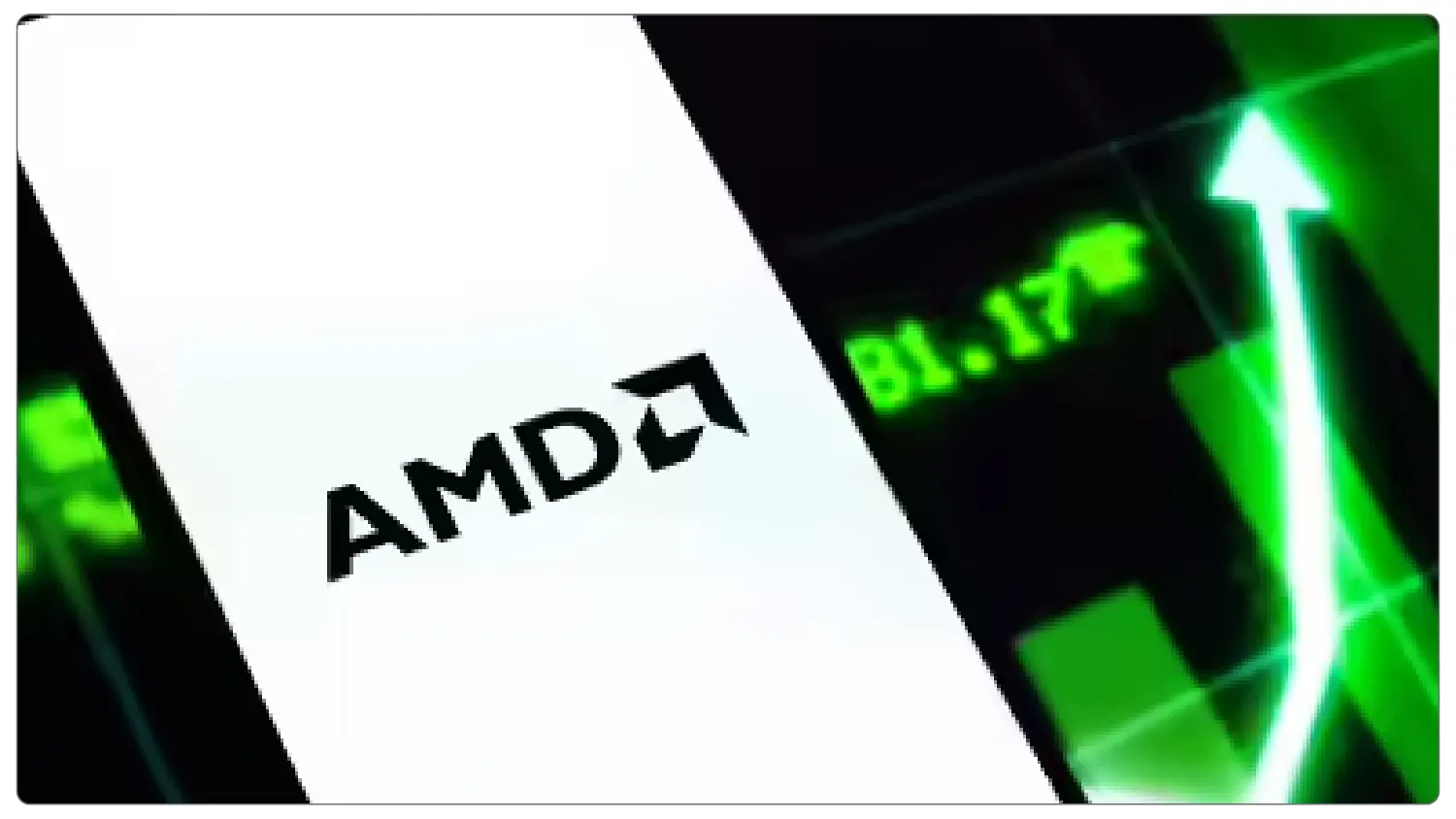December 2025
In a major shift that could reshape global chip diplomacy, AMD announced plans to restart sales of its MI308 AI chips to China, just days after Nvidia received a green light for its H20 chips. This move signals the gradual reopening of the U.S.-China AI chip corridor after months of tight export restrictions.

The decision comes in the wake of U.S. Chipmaker license approvals being reopened by Commerce Department officials, indicating a more accommodating regulatory approach. Due to growing concerns about China's AI development and national security, these permits had been on hold since April. However, Washington appears to be prepared to strategically loosen controls as pressure from financial markets and industry leaders intensifies. This tactical flexibility, according to analysts, aims to strike a balance between commercial interest and national security. Many U.S. Companies have already identified China as a significant earnings risk.
Why does the sudden shift occur? Experts believe it's a strategic move to keep the U.S. safe and maintain U.S. market share in China's expanding artificial intelligence industry, all while restricting access to top-tier military-grade computers. In line with NVIDIA's announcement earlier this month, AMD has clarified that it will resume shipments only after obtaining license approval. The U.S. government appears committed to keeping the most potent chips under control while permitting limited market access to preserve leverage. It's like playing chess, and China is still a vital piece.
Speaking about the policy change, AMD CEO Lisa Su noted that the company was actively working with U.S. regulators and is optimistic about re-engaging with Chinese partners. Nvidia, having pivoted quickly with a slightly downgraded H20 chip to comply with export rules, is already preparing shipments, reaffirming its dominant position in global AI hardware.
Su emphasized AMD’s commitment to staying compliant while not missing out on high-growth international markets. Both companies are expected to release updated AI product roadmaps tailored to export rules.
There is broader geopolitical significance to this development than just corporate boardrooms. Restricting exports of AI chips presented financial risks for both countries as China continues to be the world's second-largest tech market. This measured re-entry is now viewed by experts as a component of a larger tech thaw, which may be related to concurrent negotiations between the two powers over rare earth materials.
Investor response has been swift. Shares of AMD surged nearly 7%, while Nvidia gained 4%, reflecting renewed optimism over long-term revenue restoration. Market analysts suggest that resumed sales could restore billions in lost revenue over the next fiscal year.
But there are still issues. U.A. Lawmakers caution that even limited AI chips may benefit China in defense-related and data modeling projects. In response, Commerce Secretary Howard Lutnick stated that the new framework would only permit lower-tier chips that lack sophisticated processing capabilities. Security hawks who demand strict post-shipment tracking procedures remain skeptical. The U.S. Department of Commerce is reportedly considering stricter end-use verification methods.
The message is clear: America wants to lead in AI but not lose ground in the race. As global tech realigns, chip diplomacy is no longer a subplot; it’s the main stage. With election season approaching, technology leadership is poised to become a key policy battleground. As the stakes rise, global markets are bracing for what comes next.
December 2025
December 2025
December 2025
December 2025